 Facebook
Facebook
 X
X
 Instagram
Instagram
 TikTok
TikTok
 Youtube
Youtube
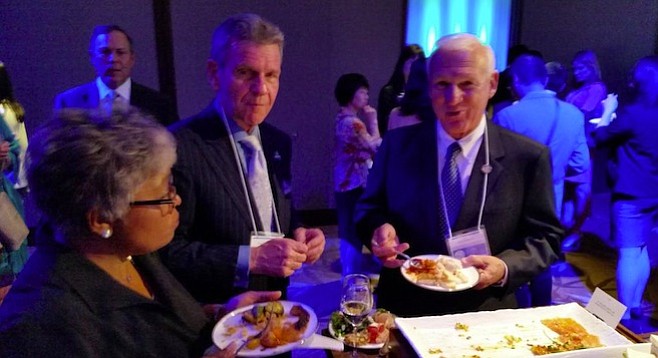
How much does it cost to get a lengthy plug on the National Geographic Channel, a partner of Rupert Murdoch's international media empire?
In the case of the University of California, San Diego, it was a cool $100,000, booked by the university as an advertising expenditure billed to UCSD’s office of Research Affairs, according to documents released by the university in response to a request under the California Public Records Act.
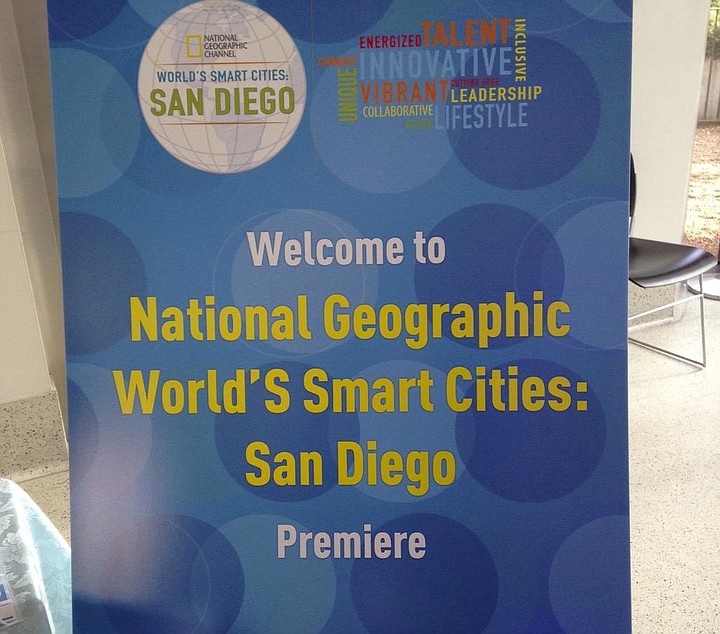
The cash went to pay for an hour-long promotional pitch on behalf of the city's tourism, academic, and high-tech industries on the National Geographic Channel, described on Fox International’s website as a "factual entertainment channel."
"San Diego has a starring role in a soon-to-air National Geographic documentary on smart cities that will showcase not only its eye-catching coastline, Balboa Park and the region’s mushrooming craft beer industry, but also local companies and academic institutions leading the way in scientific and medical research," gushed then–U-T San Diego in an April 10 story about the production.
The paper said that "efforts by the city to steer the filming one way or another were promptly rejected by National Geographic."
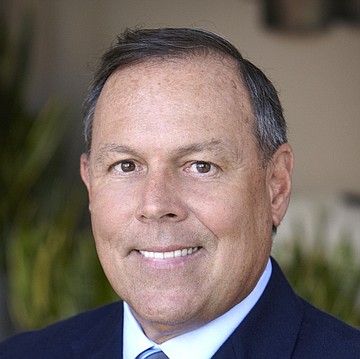
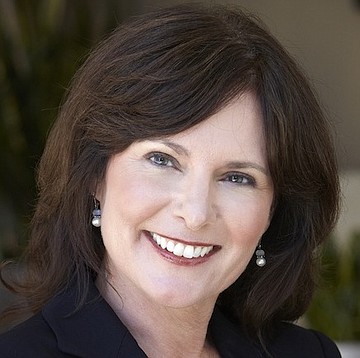
A May 19, 2014, letter from tourist authority president Joe Terzi to the university and other sponsors of the production, including utility giant Sempra Energy, SeaWorld, and Qualcomm, sheds more light.
"It is my pleasure to confirm that we have finalized our agreement with National Geographic, and San Diego will be profiled in a 60-minute documentary entitled 'Smart World Cities'," wrote Terzi. "The working title for the San Diego documentary is 'From California’s Birthplace to its Smartest Place'."
A May 15, 2014, contract between UCSD and the tourism authority promised that the documentary would be "focused on presenting the City as an important knowledge based entrepreneurial city; one with the capability to sustain itself with the capacity and talent to grow in the 21 century."
The deal also included four 30-second "advertising vignettes" that "can be used during the airing of the documentary as well content for the NatGeo web site," according to a March 10, 2015, email to UCSD from tourism authority senior vice resident of marketing and strategic partnerships Kerri Verbeke Kapich.
"We provided direction to focus in on the destination, innovative companies and higher education," the email said.
"NatGeo came back with a theme of 'Smart San Diego' and the 4 vignettes showcase 4 aspects of the city as told through the 4 elements: 1) Wind – using the Sempra Energy story, 2) Water – using the SeaWorld story , 3) Fire (sparking knowledge) – using the UCSD story, 4) Earth – using the San Diego lifestyle story."
Added Kapich: "As each of your companies is featured, please take a look at the vignettes and give us your feedback by next Monday. You'll see the NatGeo disclaimers below in regards to these are rough cuts."
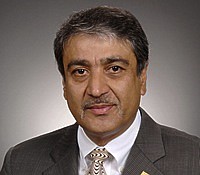
The package proved attractive to UCSD chancellor Pradeep Khosla, according to a June 17, 2014, email from Clare Kristofco, the university’s associate chancellor and chief of staff to the school’s financial office.
"Pradeep wants us to participate in this so I've signed this document (it had been reviewed and revised by [redacted])," the email says. "This will be a $100K cost. This is ultimately going to need to be wrapped into advertising costs, rather than from [the chancellor's] office."
According to a Terzi email, UCSD and fellow sponsors came up with $1.4 million. "The total cost of the project will exceed $5 million dollars, with National Geographic supporting over $3.6 million of the cost."
The university apparently didn't feel as generous when it was hit up for additional cash to pay for an international road show and junkets, including baseball in Japan, to promote the video.
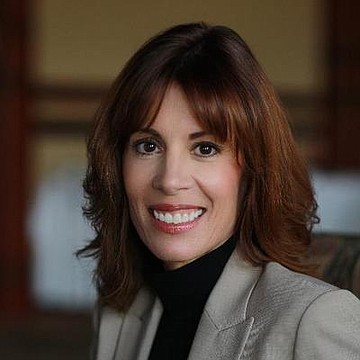
"We have a tremendous opportunity to leverage promotions around San Diego’s Nat Geo Smart World Cities documentary, which will showcase the best and brightest of our innovative region," wrote Lauree Sahba, chief operating officer of the San Diego Regional Economic Development corporation in a January 29, 2015, email to UCSD.
"In London and Tokyo, we are planning a three-day agenda including a premiere reception, meetings with potential corporate investors and companies with a presence in our region, as well as receptions with UCSD & SDSU alumni," Sahba wrote.
“We plan to travel with a small group of executives featured in the documentary and stakeholders, like you."
The pitch continued, "While this is a very exciting opportunity, it is also expensive to do it right. Therefore we need underwriters for the receptions where we will host media, investors, and executives with ties to the region.”
Khosla sent his regrets via a February 10, 2015, email from Kristofco.
"We very much appreciate the opportunity for an additional sponsorship of the receptions to premier [sic] the video. However, our commitment of $100,000 to support the making of the show is the extent to which we are able to support this [Economic Development Corp.] initiative."
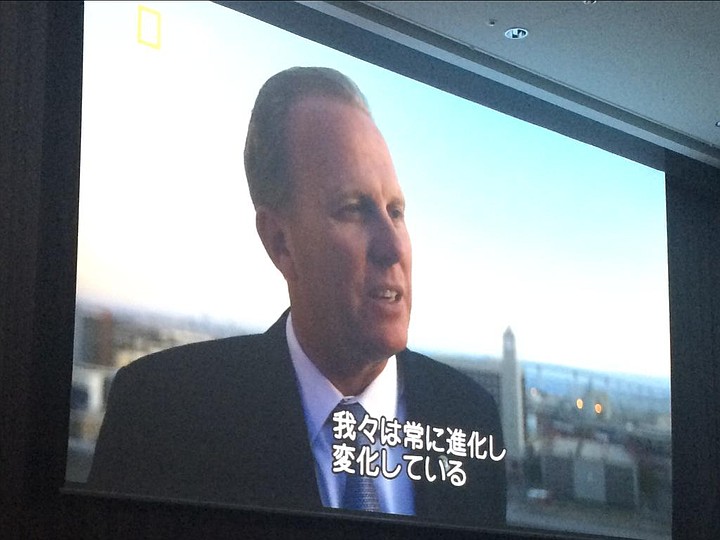
The Tokyo junket in May featured special appearances by county supervisor Ron Roberts, lobbyist and airport authority vice-chairman Paul Robinson, and Al Pisano, dean of UC San Diego’s Jacobs Schools of Engineering, according to an account of the tour on EDC's website.
"Special thanks to all of the support from the delegates who traveled to Japan to strengthen San Diego’s connections to Tokyo and Japan — SeaWorld, Qualcomm, San Diego Tourism Authority, San Diego County Regional Airport Authority, Port of San Diego, County Supervisor Ron Roberts, and UC San Diego."


How much does it cost to get a lengthy plug on the National Geographic Channel, a partner of Rupert Murdoch's international media empire?
In the case of the University of California, San Diego, it was a cool $100,000, booked by the university as an advertising expenditure billed to UCSD’s office of Research Affairs, according to documents released by the university in response to a request under the California Public Records Act.

The cash went to pay for an hour-long promotional pitch on behalf of the city's tourism, academic, and high-tech industries on the National Geographic Channel, described on Fox International’s website as a "factual entertainment channel."
"San Diego has a starring role in a soon-to-air National Geographic documentary on smart cities that will showcase not only its eye-catching coastline, Balboa Park and the region’s mushrooming craft beer industry, but also local companies and academic institutions leading the way in scientific and medical research," gushed then–U-T San Diego in an April 10 story about the production.
The paper said that "efforts by the city to steer the filming one way or another were promptly rejected by National Geographic."


A May 19, 2014, letter from tourist authority president Joe Terzi to the university and other sponsors of the production, including utility giant Sempra Energy, SeaWorld, and Qualcomm, sheds more light.
"It is my pleasure to confirm that we have finalized our agreement with National Geographic, and San Diego will be profiled in a 60-minute documentary entitled 'Smart World Cities'," wrote Terzi. "The working title for the San Diego documentary is 'From California’s Birthplace to its Smartest Place'."
A May 15, 2014, contract between UCSD and the tourism authority promised that the documentary would be "focused on presenting the City as an important knowledge based entrepreneurial city; one with the capability to sustain itself with the capacity and talent to grow in the 21 century."
The deal also included four 30-second "advertising vignettes" that "can be used during the airing of the documentary as well content for the NatGeo web site," according to a March 10, 2015, email to UCSD from tourism authority senior vice resident of marketing and strategic partnerships Kerri Verbeke Kapich.
"We provided direction to focus in on the destination, innovative companies and higher education," the email said.
"NatGeo came back with a theme of 'Smart San Diego' and the 4 vignettes showcase 4 aspects of the city as told through the 4 elements: 1) Wind – using the Sempra Energy story, 2) Water – using the SeaWorld story , 3) Fire (sparking knowledge) – using the UCSD story, 4) Earth – using the San Diego lifestyle story."
Added Kapich: "As each of your companies is featured, please take a look at the vignettes and give us your feedback by next Monday. You'll see the NatGeo disclaimers below in regards to these are rough cuts."

The package proved attractive to UCSD chancellor Pradeep Khosla, according to a June 17, 2014, email from Clare Kristofco, the university’s associate chancellor and chief of staff to the school’s financial office.
"Pradeep wants us to participate in this so I've signed this document (it had been reviewed and revised by [redacted])," the email says. "This will be a $100K cost. This is ultimately going to need to be wrapped into advertising costs, rather than from [the chancellor's] office."
According to a Terzi email, UCSD and fellow sponsors came up with $1.4 million. "The total cost of the project will exceed $5 million dollars, with National Geographic supporting over $3.6 million of the cost."
The university apparently didn't feel as generous when it was hit up for additional cash to pay for an international road show and junkets, including baseball in Japan, to promote the video.

"We have a tremendous opportunity to leverage promotions around San Diego’s Nat Geo Smart World Cities documentary, which will showcase the best and brightest of our innovative region," wrote Lauree Sahba, chief operating officer of the San Diego Regional Economic Development corporation in a January 29, 2015, email to UCSD.
"In London and Tokyo, we are planning a three-day agenda including a premiere reception, meetings with potential corporate investors and companies with a presence in our region, as well as receptions with UCSD & SDSU alumni," Sahba wrote.
“We plan to travel with a small group of executives featured in the documentary and stakeholders, like you."
The pitch continued, "While this is a very exciting opportunity, it is also expensive to do it right. Therefore we need underwriters for the receptions where we will host media, investors, and executives with ties to the region.”
Khosla sent his regrets via a February 10, 2015, email from Kristofco.
"We very much appreciate the opportunity for an additional sponsorship of the receptions to premier [sic] the video. However, our commitment of $100,000 to support the making of the show is the extent to which we are able to support this [Economic Development Corp.] initiative."

The Tokyo junket in May featured special appearances by county supervisor Ron Roberts, lobbyist and airport authority vice-chairman Paul Robinson, and Al Pisano, dean of UC San Diego’s Jacobs Schools of Engineering, according to an account of the tour on EDC's website.
"Special thanks to all of the support from the delegates who traveled to Japan to strengthen San Diego’s connections to Tokyo and Japan — SeaWorld, Qualcomm, San Diego Tourism Authority, San Diego County Regional Airport Authority, Port of San Diego, County Supervisor Ron Roberts, and UC San Diego."
Comments